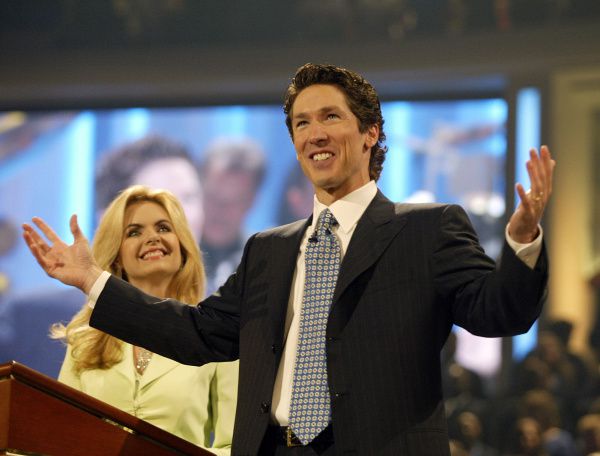Reinforcing the Message of the Humble Servant with Body Language
Like any strong relationship, the one between a religious leader and congregants is built on trust and respect. But unlike leaders in business and politics, religious leaders have to demonstrate a good deal of humility, openness, and accessibility to earn the loyalty of followers. To successfully convey these qualities, their presence in verbal communication must be consistently echoed in nonverbal communication.
That’s not to say religious leaders should never employ assertive, high-confidence, or even dominating body language. However, these should be reserved for instances when followers are looking for an unambiguous message or firm guidance.
In general, and perhaps a little counter intuitively, adopting less aggressive body language is an effective way for religious leaders of all faiths and denominations to emerge as powerful leaders and to continuously reinforce the position as “shepherd.”
Palms-up hand gestures are a particularly important part of the body language repertoire for religious leaders.
What Palms-Up Hand Gestures Convey
Turning the palms upward is one of the most humble postures you can adopt. It says you are entirely approachable and welcoming. It encourages people to be forthcoming, open, and honest with you.
In the business world and in politics, effective leaders use the palms-up gesture when soliciting feedback, suggestions, ideas, and collaboration. For leaders of an assembly of faith, though, this gesture is more about trustworthiness and inviting followers to comfortably confide.
Religious Significance of the Palms-Up Hand Gesture
The power of this gesture to affect followers subconsciously is largely due to some of its religious and spiritual connotations. Perhaps most significantly, it symbolizes turning to God for guidance or answers, or even surrendering to God’s will. But it carries a variety of other meanings and implications.
Palms-up hand motions are immediately reminiscent of a beggar, a classic humble figure whom the faithful are encouraged to aid; similarly, the gesture is one of giving freely and generously. It’s also closely tied in with meditation and releasing the grip on material things and looking instead to the spiritual. Turning the palms up is seen as a sign of thanksgiving and gratitude, as well.
